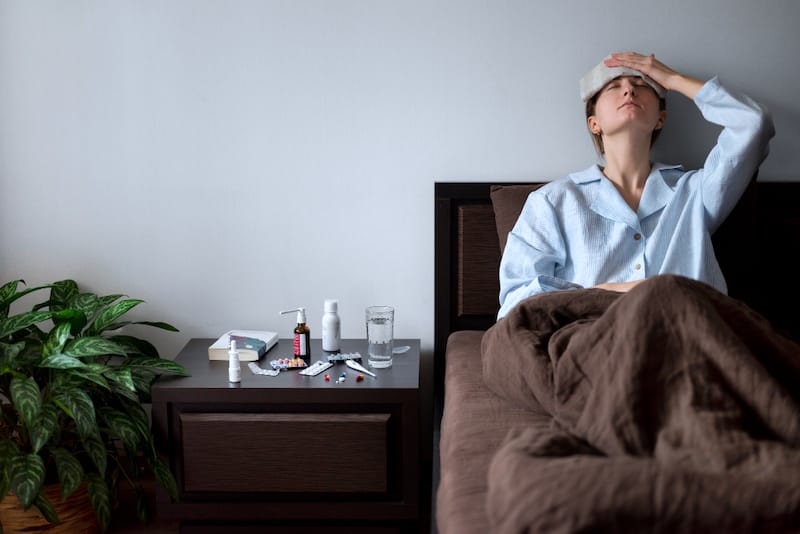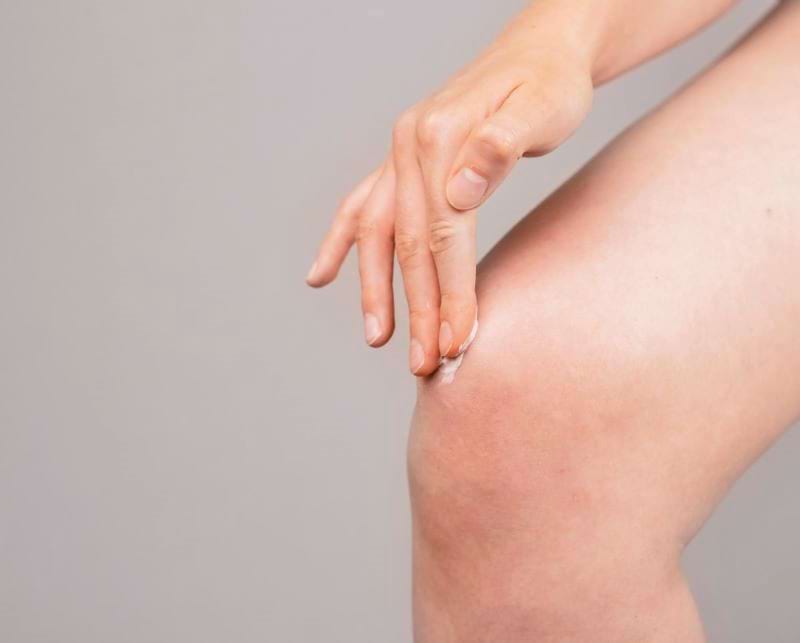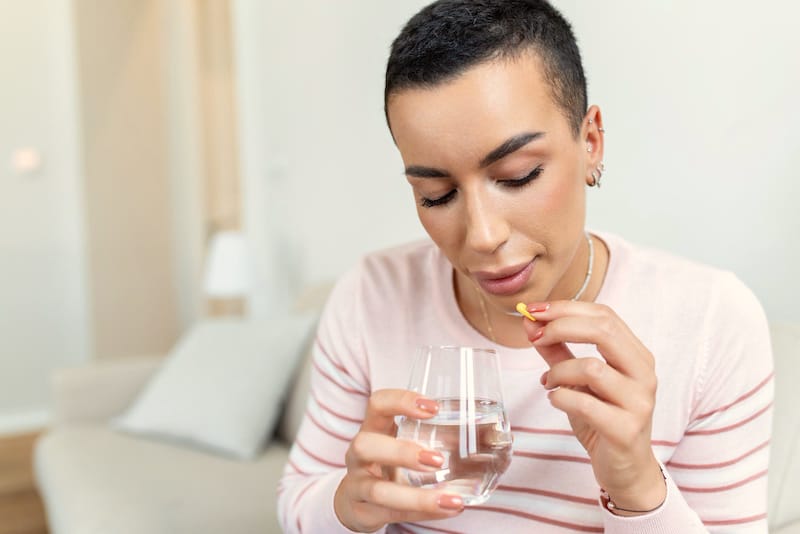Amlodipine, often sold under the brand name Norvasc, is a popular calcium channel blocker used for various medical conditions such as hypertension and kidney diseases. The downside to this drug is the possibility of facing uncomfortable side effects such as swelling, headaches, dizziness, and more. Swelling, being the most common symptom, mostly occurs in the legs, ankles, and feet. You can also expect this symptom until a few days after you’ve stopped using this prescription. If it doesn’t go away gradually, you might have to consult your doctor. Meanwhile, you can also take measures to reduce the swelling by methods of elevation and compression stockings as clinically approved.
Doctors most often prescribe amlodipine for the capability of efficiently reducing high blood pressure. A 2015 study revealed that even 5 to 10mg of daily intake significantly decreased systolic and diastolic blood pressure in patients of all ages.
The only questionable aspect of this otherwise ideal medication is its common side effect of edema-induced swelling.
After a quick read, you’ll get an idea of whether your amlodipine intake is worth the adverse effects or not.
What is amlodipine, and why is it used? What are the side effects of taking amlodipine? What kind of swelling can you expect from amlodipine? How long does it take for swelling to go down after stopping amlodipine? How can you reduce swelling caused by amlodipine?
What is amlodipine, and why is it used?
Amlodipine is a calcium channel blocker that comes into action by stopping calcium from entering the heart and artery cells.
Doing so helps relax blood vessels, making pumping blood throughout your body easier for your heart. In this sense, this medication is commonly used to decrease blood pressure in patients with hypertension.
This medication is also taken to keep heart attacks, strokes, and kidney diseases at bay. It can reduce specific kinds of chest pain and boost your exercise ability.
While amlodipine may help you through various medical conditions, it isn’t entirely risk-free.
This medication comes with a list of possible side effects, including the very subject of our discussion; swelling caused by edema.
What are the side effects of taking amlodipine?
Like almost every drug out there, Amlodipine has adverse effects that may vary from person to person.

While side effects are normal, you’d have to alert your doctor immediately if they last for prolonged periods and become difficult to bear.
The most common side effects and the relevant probability of occurrence are clearly shown in the table below. These probabilities were established in a controlled clinical trial published in 2022.
| Common Side-effects | Probability of incidence |
|---|---|
| Swelling | A dose of 10mg caused the probability of edema-swelling by 10.8% |
| Dizziness & light-headedness | A dose of 10mg caused the probability of dizziness by 3.4% |
| Nausea | A dose of 10mg caused the probability of nausea by 2.9% |
| Fatigue | A dose of 10mg caused the probability of fatigue by 4.5% |
| Headache | A dose of 10mg caused the probability of headaches by 7.3% |
| Abdominal pain | A dose of 10mg caused the probability of abdominal pain by 1.6% |
Apart from common symptoms, certain side effects could be serious and need immediate medical assistance.
If you’re experiencing symptoms such as irregular rapid heartbeats, fainting, and severe chest pain, you’ll need to seek medical help.
What to expect from Amlodipine-induced swelling?
Swelling due to edema is the most common side effect of Amlodipine intake. Edema refers to swelling that occurs because of the fluids that collect in your tissues due to amlodipine.
Your ankles and feet are the most commonly affected areas of swelling as a side effect.
In a 2019 study published by the US National Library of Medicine, 79 patients from a total of 505 patients who took amlodipine had experienced ankle edema-induced swelling. This sums up to 15.6% of patients.
In other clinical trials, the number of people experiencing swelling seems to relate to the dosage taken.
While a small dose of 2.5mg may cause a possibility of leg swelling by 2%, a higher dose of 10mg has been shown to cause an incidence of leg swelling by 10%.
You should also be made aware that this swelling is not simply limited to ankles and feet but can also happen on your lower legs and hands.
Upper body swelling is also associated with amlodipine use in children. In a 2007 case study, a 6-year-old girl experienced facial swelling due to taking amlodipine, as reported by the US National Library of Medicine.
How long does it take for swelling to go down after stopping amlodipine?

As a calcium channel blocker, the side effects of amlodipine have the longest life at 30 to 50 hours, according to the US National Library of Medicine.
This long-lasting effect can be beneficial because you can limit yourself to a single daily dose.
Sadly, throughout your continuous use of amlodipine, you might have to get used to this side effect of swelling.
If the swelling becomes bothersome, your doctor might lower the dosage previously prescribed or switch you to an alternative drug to treat your medical condition.
If, however, your swelling becomes severe, your doctor would altogether halt your amlodipine intake. Then, your swelling would likely subside within a few days of staying away from the drug.
5 ways to reduce swelling from amlodipine
If your amlodipine intake effectively manages your high blood pressure, you might not want to weed off it.
If swelling is your problem, you can take precautionary measures to reduce possible swelling, as listed below.
1. Compression stockings and wraps
For mild swelling, according to studies, patients are advised to wear daytime compression stockings as necessary.
These products work by gently pushing the blood flow up your leg. It not only helps prevent swelling but also helps get rid of blood clots.
2. Elevation
Keeping the swollen area elevated is crucial to minimize swelling. If your leg area is affected, you can use a footstool to keep your legs raised.
3. Foot exercises
Regularly engaging in foot exercises can go a long way in reducing the swelling that comes with amlodipine.
You can try stretching exercises and even walking if you don’t want to get into any specific exercises. Doing so helps promote better movement and blood circulation.
4. Switching medication
Since edema-induced swelling is a side effect of amlodipine specifically, you can steer clear of it by resorting to other alternatives, of course, under the supervision of your doctor.
Switching to a non-dihydropyridine calcium channel blocker such as verapamil or diltiazem might work.
5. Adding a nitrate
Including nitrate such as an isosorbide dinitrate might help relieve symptoms of ankle swelling by amlodipine. A 2007 study by the US National Library of Medicine proved the effectiveness of such treatment.
Conclusion
Edema or swelling can be an annoying and worrisome side effect of amlodipine. However, this alone does not make enough reason to halt your treatment entirely.
Even though you might not be able to get rid of the swelling completely, the benefits of amlodipine would outweigh its side effects.
However, this doesn’t mean that you should neglect the swelling and simply put up with it since you can successfully reduce the swelling in the least.
Lowering the dose, resorting to an alternative, or halting your intake should only be kept as a last resort. Meanwhile, the best you can do is exercise regularly, maintain an ideal weight and take precautionary steps to minimize swelling.


